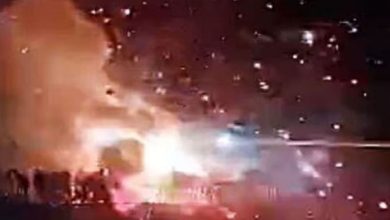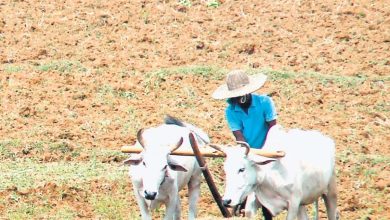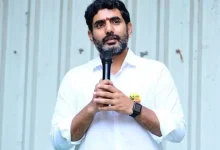Modi’s speech takes us back to India’s most dangerous decade — the many challenges of 1960s

In his reply to the no-confidence motion earlier this week, Prime Minister Narendra Modi brought back two vital, contentious and tragic turning points in India’s national security history.
The first, in March 1966, was the use of IAF aircraft to strafe Aizawl — then a district headquarters and now capital of Mizoram — to drive out insurgents. And the second, Operation Blue Star, which resulted in the destruction of the Akal Takht, the seat of Sikh spiritual and temporal power located in the Golden Temple complex.
It is hard politics, and the prime minister is within his rights to employ arguments and slices of history that he thinks make his case best. Even those that make him sound more like the liberals that his party doesn’t particularly admire, especially on national security issues.
Nevertheless, it gives us an opportunity to raise and explore one of the oldest questions in our national security debate: Which was the most dangerous decade for India since Independence? The competition for the worst or most perilous 10 years has always been between the 1960s and the 1980s. The Mizoram air raids marked the first, and Operation Blue Star the second.
My choice for the most troubled decade has always been the 1960s. A caveat is in order, though. Nobody can understate the perils of the 1980s, which the generations up to the Millennials have lived through. There was the radical insurgency in Punjab, the return of terror in Kashmir, killings of Hindus in both states, Operation Blue Star, mutinies in the Army’s Sikh units, massacres of Sikhs in Delhi and elsewhere, the Bhopal gas disaster, a near-war with Pakistan over Exercise Brasstacks, a rough stand-off with the Chinese over Sumdorong Chu that took almost a decade to resolve, IPKF operations in Sri Lanka and unstable internal politics, especially post-Bofors.
Things were, however, so much rougher for a much, much weaker India in the 1960s that those 10 years must be the most touch-and-go in our independent history. The sudden rise of the Mizo insurgency exactly halfway through that tumultuous decade came at the worst possible time, even in a true crisis epoch.
Lal Bahadur Shastri died in Tashkent in January, 1966. Indira Gandhi took over as an inexperienced and unprepared prime minister, India had fought an economically withering war with Pakistan just six months earlier, and the Mizo National Front proclaimed sovereignty. There were less than three months between Shastri’s death on 11 January and 6 March, when the rebels were hurling assaults on the Assam Rifles battalion headquarters in Aizawl.
What followed, and the use of air power, is something we discussed in this earlier article and #CutTheClutter episode, and you can read more in this explainer by Ananya Bhardwaj. So we are not going there again. We will, on the other hand, be going back and forth, surveying that period. Because there lie many lessons not just on national security, but also on how our leaders handle these. And on how critical internal politics is to national security, stability and cohesion.
















